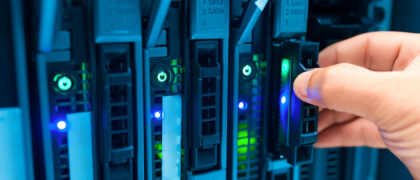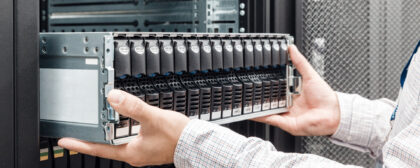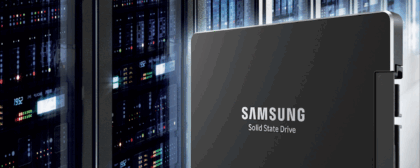
Posts by
Logan Harbaugh
Logan Harbaugh is an IT consultant and reviewer. He has worked in IT for over 20 years, and was a senior contributing editor with InfoWorld Labs as well as a senior technology editor at Information Week Labs. He has written reviews of enterprise IT products including storage, network switches, operating systems, and more for many publications and websites, including Storage Magazine, TechTarget.com, StateTech, Information Week, PC Magazine and Internet.com. He is the author of two books on network troubleshooting.

















